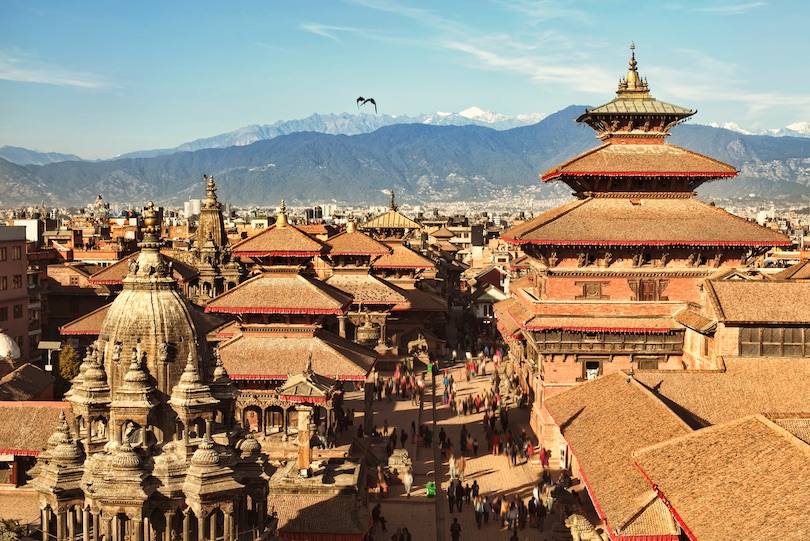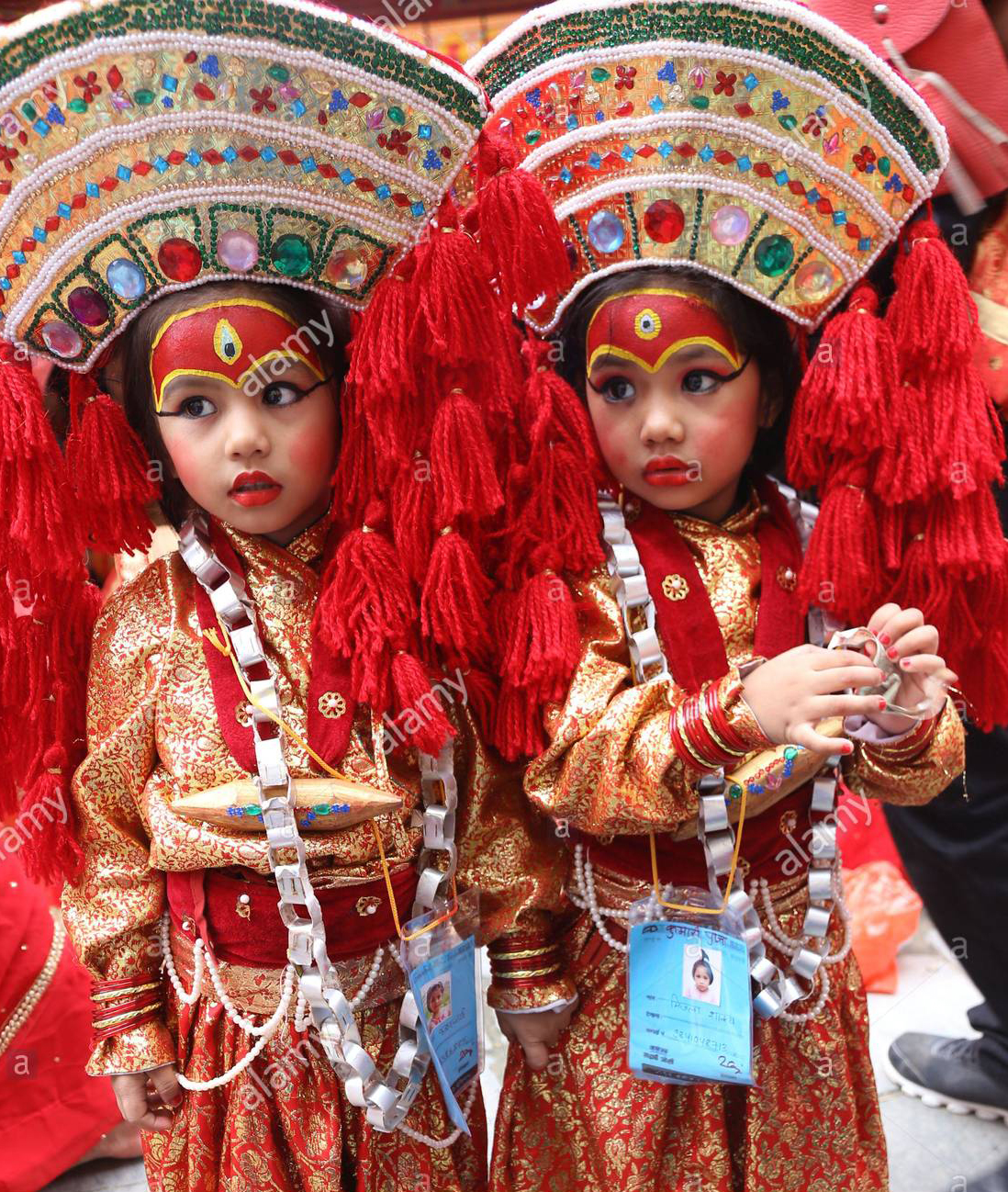
Culture in Nepal

The rich, multi-ethnic and multi-dimensional culture of Nepal is based on centuries-old traditions and social customs. Its diversities range of mountain communities and social strata are expressed in music, dance, folklore, language, and religion.
Nepal has two main religions, Hinduism and Buddhism, although many Nepalese practice a unique combination of both mixed with a degree of animism. The traditions of both go back over two millennia to the birth of the Buddha in Lumbini and the ancient Hindu rituals still strong today. Also treasured is the tradition of excellence in arts and crafts.
Visitors will need to observe native customs when visiting temples, such as respectful, conservative dress, removing shoes before entry and asking permission to enter a Hindu temple. Nepalis are friendly, although displays of affection in public are not appreciated. Superstitions rule and it brings bad luck to praise a baby’s appearance or walk on spilled rice. Red chilies hang everywhere, driving away evil spirits and bus drivers always say a prayer before departing.
The family is very important in Nepalese life, and is traditionally close-knit and loyal. Women are generally subservient to men and although highly honored as mothers, they have less access to education and political power. In rural areas, women work longer and harder than men, as they are expected to combine their household and child-raising chores with farming and taking care of the livestock.
An artistic and intellectual revival took place in the 1950s, sparking a flowering of literature and art focused on national pride and religious values. Nowadays, the traditional culture of Nepal is fostered in radio programs featuring folk music and, in rural areas, devotional music and songs, a strong part of village life.

